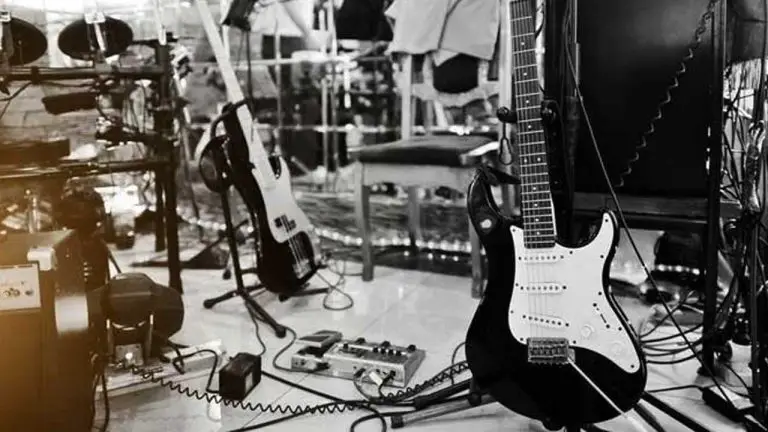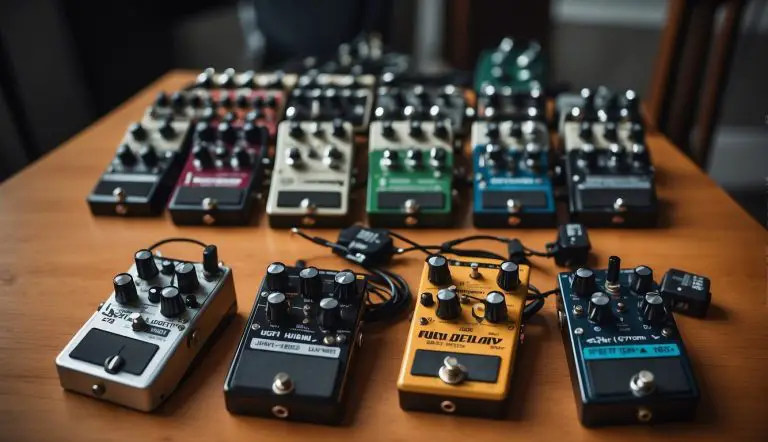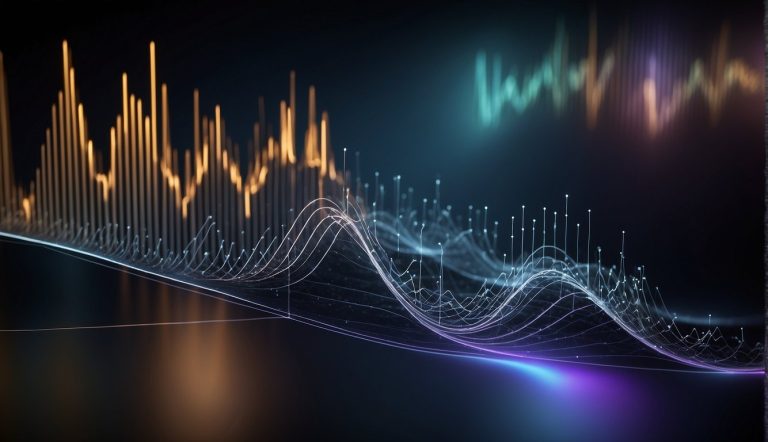Why It’s Important to Use Fades
Fades are pretty important when you edit any type of audio file. They not only give the ending a better closure but can also give the recording a rather warm and mystical feel to it. However, fade effects aren’t only used at the ending. They can be used pretty much anywhere in the audio file, especially during the beginning. How? We’ll be discussing that a bit later. First, let’s get to know the fade effect a little bit more.
What exactly is the fade effect?
The fade is a sound effect that professional audio engineers would use in editing sounds. The fade is a decrease or increase in the volume of the sound. Fades can make a sound appear to start “fading in” or “fading out” when it slowly appears or disappears respectively. The fade-out effect is often used in different types of music to signify that there is no end to the song. The song just slowly fades away as it ends until it cannot be heard anymore. Ballad songs and slow songs, in particular, sound better with a fade than with an abrupt stop.
Fade-ins, on the other hand, are used during the beginning of a song. This effect is often used when the introduction of a song starts with drums. The drums then become louder and louder as the song progresses.

Source: http://manual.audacityteam.org/o/man/fade_and_crossfade.html
What are the different types of fades?
Do take note that there are different kinds of fades based on the speed and structure. There are four common fades that audio specialists would make use of. These are the:
- Linear Fade – This is the most commonly used fade in audio engineering. The reason it is called a “linear fade” is because the fade moves like it is going in a straight line – quick and to the point. It is a very abrupt form of fading because the volume would either drop rapidly or rise rapidly as the song progresses. Although it does not sound as natural as a slow and steady fade, it can sound cool in fast and upbeat songs.
- Natural Fade – The “natural fade” is one of the most beautiful fades that is used for standard types of songs. The “natural fade” is a rather slow kind of fade that is very steady and smooth. The fade can actually blend in with the environment to end the piece very subtly.
- Shooting Fade – As the name implies, the “shooting fade” shoots up in volume after the volume slowly reaches 50%. For example, in a fade in, the volume will slowly go up until 50% and then suddenly shoot up at a rapid pace until the max volume has been reached. This is usually used for rock and heavy metal songs.
- Curving Fade – The “curving fade” is a rather unique type of fade that combines all the features of the previous fades. The speed of the “curving fade” is not definite unlike all the previously mentioned fades. The speed is kind of like a letter S in structure as the speed of the fade varies.
Why Fades are Often Used
Now that we know the different kinds of fades, let’s take a look at why fades are important. First of all, fades can help neutralize the volume levels of a recording. In some instances, the volume level of one part could suddenly shoot up then go down in the next. The fade can fix all of that by balancing out the volume.
If you are recording an interview or a cover story, then you can make use of a quick fade to ensure that the background noise will not interfere with anything that the interviewee will say at the end of the piece. The quick fade can also get rid of noises that are generated from the electronics. However, if you want the background noises to be heard, then don’t use the quick fade. You can use a slow fade so that the end will not be too rushed.

Source: http://studenttimes.org/article/music/studio-sound-engineer
The same principles can be used for editing songs and music. You can use the fade effects to balance out volumes and add some style. You may also use it to eliminate unwanted sounds in the recording.




